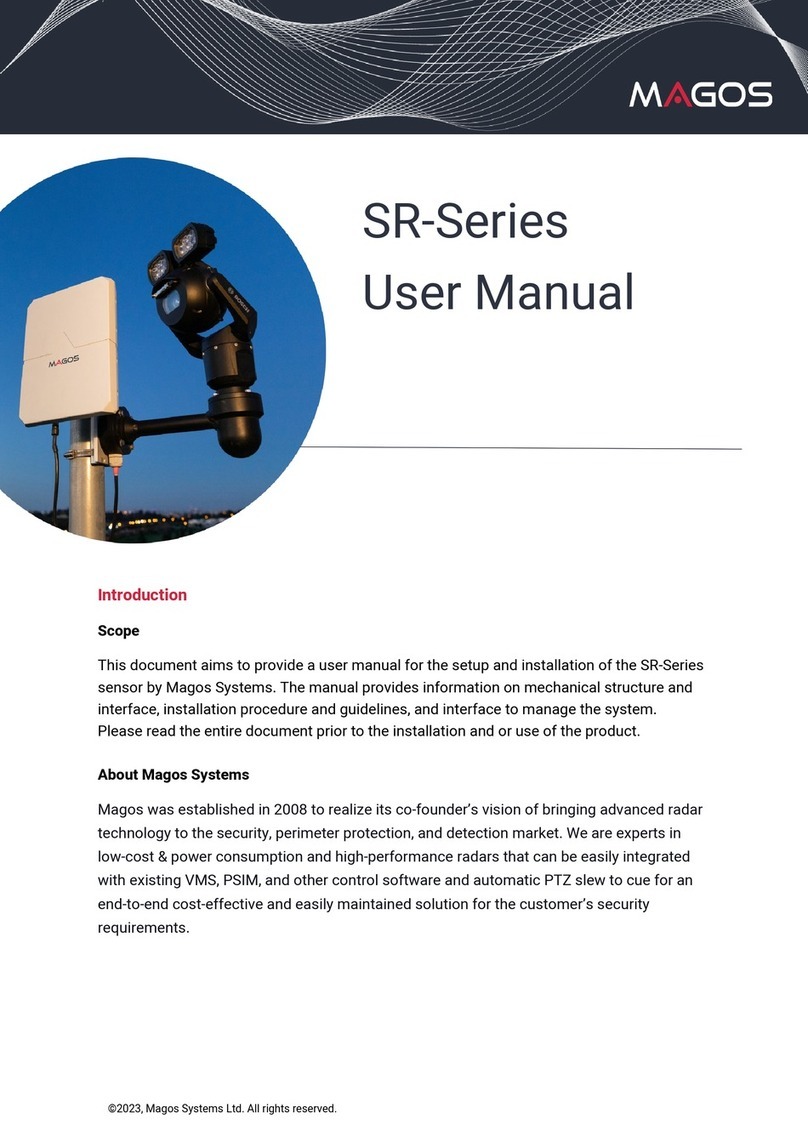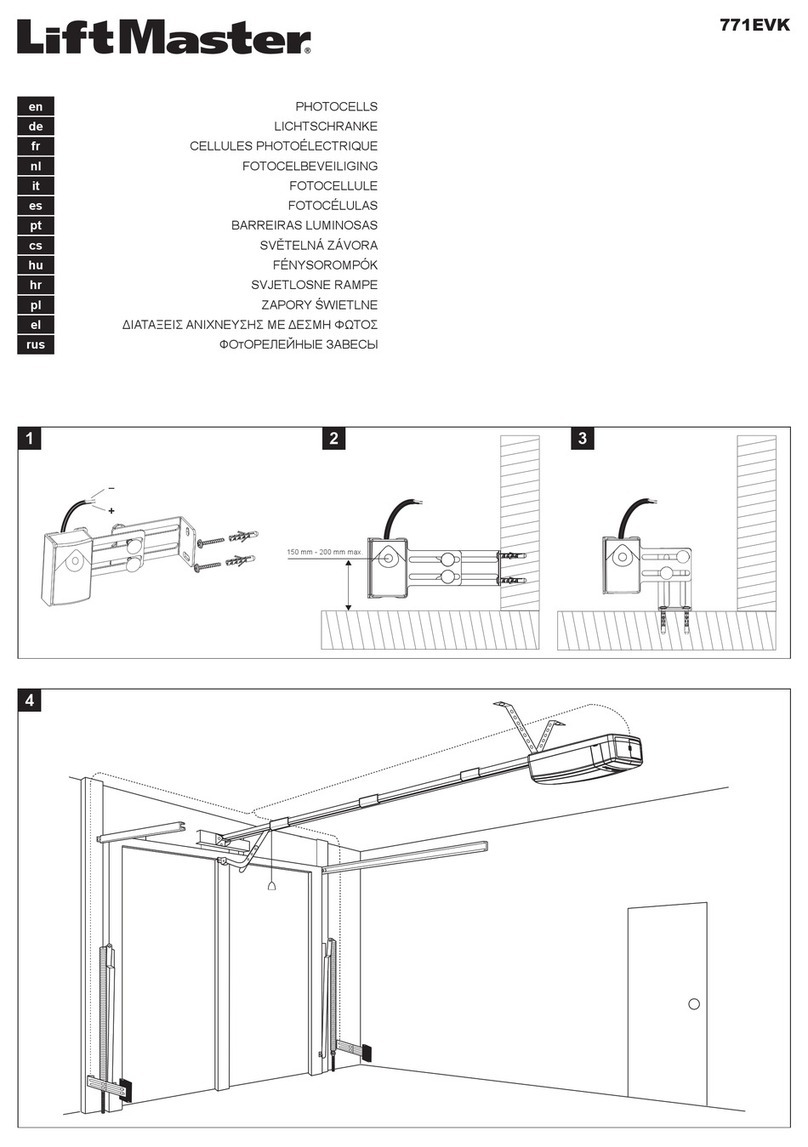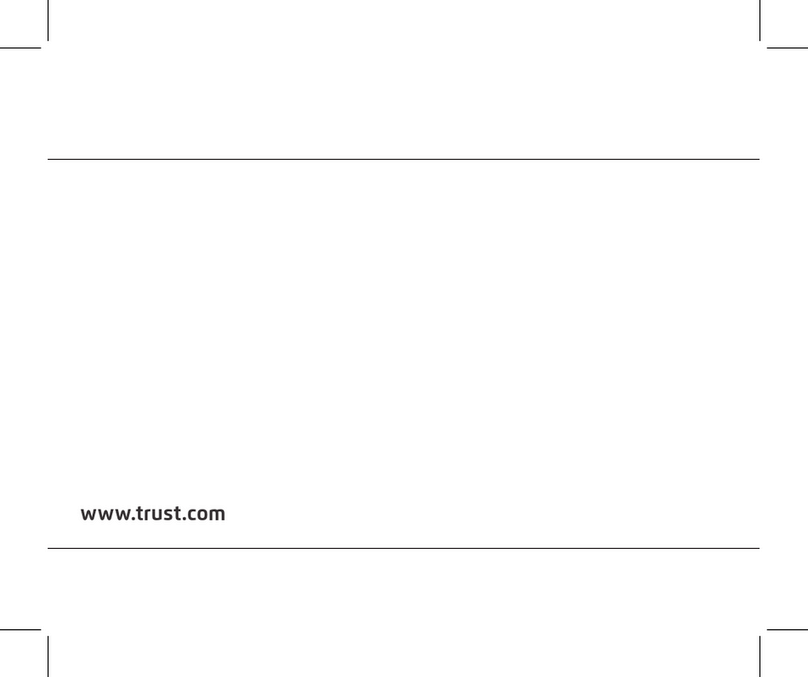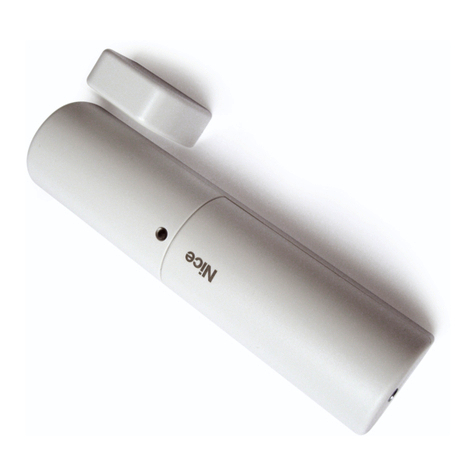WATERS CORPORATION TQ Manual

Waters TQ Detector IVD
Operator’s Guide
71500126802IVD Revision C
Copyright © Waters Corporation 2006–2012
All rights reserved

ii December 6, 2012, 71500126802IVD Rev. C
Copyright notice
© 2006–2012 WATERS CORPORATION. PRINTED IN THE UNITED
STATES OF AMERICA AND IN IRELAND. ALL RIGHTS RESERVED. THIS
DOCUMENT OR PARTS THEREOF MAY NOT BE REPRODUCED IN ANY
FORM WITHOUT THE WRITTEN PERMISSION OF THE PUBLISHER.
Trademarks
ACQUITY UPLC, Connections INSIGHT, and Waters are registered
trademarks of Waters Corporation. ACQUITY, IntelliStart, IonSABRE,
MassLynx, T-Wave, UPLC, and “THE SCIENCE OF WHAT’S POSSIBLE.”
are trademarks of Waters Corporation.
Nalgene is a registered trademark of Nalge Nunc International.
PEEK is a trademark of Victrex Corporation.
TORX is a registered trademark of Textron Inc.
Viton is a registered trademark of DuPont Performance Elastomers.
Other trademarks or registered trademarks are the sole property of their
respective owners.

December 6, 2012, 71500126802IVD Rev. C iii
Contacting Waters
Contact Waters®with questions regarding any Waters product. You can reach
us via the Internet, telephone, or conventional mail.
Waters contact information
Contacting medium Information
Internet The Waters Web site includes contact
information for Waters locations worldwide.
Visit www.waters.com.
Telephone and fax From the USA or Canada, phone 800
252-HPLC, or fax 508 872-1990.
For other locations worldwide, phone and fax
numbers appear in the Waters Web site.
Conventional mail Waters Corporation
34 Maple Street
Milford, MA 01757
USA

iv December 6, 2012, 71500126802IVD Rev. C
Safety considerations
Some reagents and samples used with Waters instruments and devices can
pose chemical, biological, and radiological hazards. You must know the
potentially hazardous effects of all substances you work with. Always follow
Good Laboratory Practice, and consult your organization’s safety
representative for guidance.
Considerations specific to the TQ Detector IVD
Solvent leakage hazard
The source exhaust system is designed to be robust and leak-tight. Waters
recommends you perform a hazard analysis, assuming a maximum leak into
the laboratory atmosphere of 10% LC eluate.
Flammable solvents hazard
Never let the nitrogen supply pressure fall below 690 kPa (6.9 bar, 100 psi)
during analyses that require flammable solvents. Connect to the LC output
with a gas-fail connector to stop the LC solvent if the nitrogen supply fails.
Warning:
• To confirm the integrity of the source exhaust system, renew
the source O-rings at intervals not exceeding one year.
• To avoid chemical degradation of the source O-rings, which
can withstand exposure only to certain solvents (see
page 191), determine whether any solvents you use that are
not listed are chemically compatible with the composition of
the O-rings.
Warning: To prevent the ignition of accumulated solvent vapors inside
the source, maintain a continuous flow of nitrogen through the source
whenever significant amounts of flammable solvents are used during
the instrument’s operation.
Warning: To avoid unmanaged solvent spillage do not place tools
or other objects in the drain channel on the probe top. Keep the
channel free from blockages.

December 6, 2012, 71500126802IVD Rev. C v
High temperature hazard
TQ Detector high temperature hazard
Warning: To avoid burn injuries, avoid touching the source enclosure
with your hand when operating or servicing the instrument.
NEBULIZERNEBULIZER
APPIAPPI
PROBEPROBE
HVHV
DESOLVATIONDESOLVATION
POW ER OPER ATE
Source enclosure assembly

vi December 6, 2012, 71500126802IVD Rev. C
High voltage hazard
FCC radiation emissions notice
Changes or modifications not expressly approved by the party responsible for
compliance, could void the users authority to operate the equipment. This
device complies with Part 15 of the FCC Rules. Operation is subject to the
following two conditions: (1) this device may not cause harmful interference,
and (2) this device must accept any interference received, including
interference that may cause undesired operation.
Canada spectrum management emissions notice
This class A digital product apparatus complies with Canadian ICES-003.
Cet appareil numérique de la classe A est conforme à la norme NMB-003.
Electrical power safety notice
Do not position the instrument so that it is difficult to operate the
disconnecting device.
Safety hazard symbol notice
Documentation needs to be consulted in all cases where the symbol is
used to find out the nature of the potential hazard and any actions which have
to be taken.
Warning:
• To avoid electric shock, do not remove the TQ Detector’s protective
panels. The components they cover are not user-serviceable.
• To avoid non-lethal electric shock, any equipment connected to the
ESI probe must be grounded.
• To avoid nonlethal electric shock when the instrument is in Operate
mode, avoid touching the areas marked with the high voltage
warning symbol. To touch those areas, first put the instrument in
Standby mode.

viii December 6, 2012, 71500126802IVD Rev. C
Operating this instrument
When operating this instrument, follow standard quality-control (QC)
procedures and the guidelines presented in this section.
Applicable symbols
Symbol Definition
Manufacturer
Authorized representative of the European
Community
Confirms that a manufactured product complies
with all applicable European Community
directives
Australia C-Tick EMC Compliant
Confirms that a manufactured product complies
with all applicable United States and Canadian
safety requirements
Electrical and electronic equipment with this
symbol may contain hazardous substances and
should not be disposed of as general waste.
For compliance with the Waste Electrical and
Electronic Equipment Directive (WEEE)
2012/19/EU, contact Waters Corporation for the
correct disposal and recycling instructions.
For in vitro diagnostic use

December 6, 2012, 71500126802IVD Rev. C ix
Intended use
Waters designed the TQ (for tandem quadrupole) Detector IVD to deliver
authenticated mass measurement in both MS and MS/MS modes.
The Waters TQ Detector IVD can be used for general in vitro diagnostic
applications. However, only professionally trained and qualified laboratory
personnel can use the instrument for those purposes.
Calibrating
To calibrate LC systems, follow acceptable calibration methods using at least
five standards to generate a standard curve. The concentration range for
standards must cover the entire range of quality-control samples, typical
specimens, and atypical specimens.
When calibrating mass spectrometers, consult the calibration section of the
operator’s guide for the instrument you are calibrating. In cases where an
overview and maintenance guide, not operator’s guide, accompanies the
instrument, consult the instrument’s online Help system for calibration
instructions.
The Waters TQ Detector IVD is CE-marked according to the
European Union In Vitro Diagnostic Device Directive 98/79/EC.

x December 6, 2012, 71500126802IVD Rev. C
Quality control
Routinely run three quality-control samples that represent subnormal,
normal, and above-normal levels of a compound. Ensure that quality-control
sample results fall within an acceptable range, and evaluate precision from
day to day and run to run. Data collected when quality-control samples are
out of range might not be valid. Do not report these data until you are certain
that the instrument performs satisfactorily.
When analyzing samples from a complex matrix such as serum/plasma, whole
blood, and so on, note that the matrix components can adversely affect LC/MS
results, enhancing or suppressing ionization. To minimize these matrix
effects, Waters recommends you adopt the following measures:
• Prior to the instrumental analysis, use appropriate sample
pretreatment such as protein precipitation, liquid/liquid extraction
(LLE), or solid phase extraction (SPE) to remove matrix interferences.
• Whenever possible, verify method accuracy and precision using
matrix-matched calibrators and quality-control samples.
• Use one or more internal standard compounds, preferably isotopically
labeled analytes.

December 6, 2012, 71500126802IVD Rev. C xi
ISM classification
ISM Classification: ISM Group 1 Class A
This classification has been assigned in accordance with IEC CISPR 11
Industrial Scientific and Medical, (ISM) instruments requirements. Group 1
products apply to intentionally generated and/or used conductively coupled
radio-frequency energy that is necessary for the internal functioning of the
equipment. Class A products are suitable for use in commercial (that is,
nonresidential) locations and can be directly connected to a low voltage,
power-supply network.
In a domestic environment, the equipment may cause radio interference. You
may need to take measures to mitigate the interference.
Do not use the equipment in close proximity to sources of strong
electromagnetic radiation (for example, unshielded, intentional RF sources),
as these may interfere with the equipment’s proper operation.
This equipment complies with the emission and immunity requirements
described in the relevent parts of IEC/EN 61326: Electrical equipment for
measurement, control and laboratory use - EMC requirements.

xii December 6, 2012, 71500126802IVD Rev. C
EC authorized representative
Waters Corporation (Micromass UK Ltd.)
Floats Road
Wythenshawe
Manchester M23 9LZ
United Kingdom
Telephone: +44-161-946-2400
Fax: +44-161-946-2480
Contact: Quality manager

December 6, 2012, 71500126802IVD Rev. C xiii
Copyright notice ................................................................................................... ii
Trademarks ............................................................................................................ ii
Contacting Waters ............................................................................................... iii
Safety considerations .......................................................................................... iv
Considerations specific to the TQ Detector IVD ............................................... iv
FCC radiation emissions notice ......................................................................... vi
Canada spectrum management emissions notice ............................................. vi
Electrical power safety notice ............................................................................ vi
Safety hazard symbol notice............................................................................... vi
Equipment misuse notice ................................................................................. vii
Safety advisories............................................................................................... vii
Operating this instrument .............................................................................. viii
Applicable symbols .......................................................................................... viii
Intended use........................................................................................................ ix
Calibrating .......................................................................................................... ix
Quality control ..................................................................................................... x
ISM classification ................................................................................................. xi
EC authorized representative .......................................................................... xii
1 Waters TQ Detector ................................................................................ 19
Overview .............................................................................................................. 20
Waters TQ Detector ........................................................................................... 20
ACQUITY TQD UPLC/MS system ................................................................... 22
Software and data system ................................................................................. 22
Ionization techniques and source probes .................................................... 24
Electrospray ionization (ESI)............................................................................ 24
Table of Contents

xiv December 6, 2012, 71500126802IVD Rev. C
Ion optics .............................................................................................................. 25
MS operating modes .......................................................................................... 26
MS/MS operating modes ................................................................................... 27
Product (daughter) ion mode............................................................................. 27
Precursor (parent) ion mode.............................................................................. 28
Multiple reaction monitoring mode .................................................................. 28
Constant neutral loss mode............................................................................... 29
Sample inlet ......................................................................................................... 30
Leak sensors ........................................................................................................ 30
Vacuum system ................................................................................................... 30
Rear panel ............................................................................................................ 31
IntelliStart Fluidics system ............................................................................. 32
Overview............................................................................................................. 32
System operation ............................................................................................... 33
2 Preparing for Operation ....................................................................... 35
Starting the instrument ................................................................................... 36
Configuring IntelliStart..................................................................................... 38
Verifying the instrument’s state of readiness .................................................. 38
Tuning and calibration information ................................................................. 38
Running the instrument at high flow rates...................................................... 38
Monitoring the instrument LEDs ..................................................................... 39
Preparing the IntelliStart Fluidics system .................................................. 40
Installing the solvent manifold drip tray ......................................................... 40
Installing the reservoir bottles.......................................................................... 41
Diverter valve positions..................................................................................... 42
Purging the infusion syringe............................................................................. 45
Rebooting the instrument ................................................................................ 45
Rebooting the instrument by pressing the reset button.................................. 45
Leaving the mass spectrometer ready for operation ................................ 46
Emergency instrument shutdown..................................................................... 46

December 6, 2012, 71500126802IVD Rev. C xv
3 ESI Operation .......................................................................................... 47
Introduction ........................................................................................................ 48
Installing the ESI probe ................................................................................... 48
Removing the ESI probe .................................................................................. 52
4 Maintenance Procedures ...................................................................... 53
Maintenance schedule ...................................................................................... 55
Spare parts .......................................................................................................... 56
Troubleshooting with Connections INSIGHT ............................................. 56
Safety and handling .......................................................................................... 57
Preparing the instrument for work performed on the source ................ 59
Operating the source isolation valve ............................................................ 60
Removing O-rings and seals ............................................................................ 62
Cleaning the instrument’s exterior ............................................................... 63
Emptying the exhaust trap bottle .................................................................. 63
Emptying the roughing pump exhaust liquid trap bottle ........................ 65
Gas ballasting the roughing pump ................................................................ 68
Gas ballasting a pump fitted with a screwdriver-operated gas ballast valve 69
Gas ballasting a pump fitted with a handle-operated gas ballast valve ........ 70
Checking the roughing pump oil level .......................................................... 71
Adding oil to the roughing pump ................................................................... 71
Cleaning the source components ................................................................... 73
Cleaning the sample cone and gas cone ....................................................... 74
Removing the cone gas assembly from the source ........................................... 74
Disassembling the cone gas assembly .............................................................. 77
Cleaning the sample cone and gas cone............................................................ 78
Assembling the cone gas assembly ................................................................... 81
Fitting the cone gas assembly to the source..................................................... 82

xvi December 6, 2012, 71500126802IVD Rev. C
Cleaning the ion block, isolation valve, and extraction cone ................. 84
Removing the ion block assembly from the source assembly.......................... 84
Disassembling the source ion block assembly.................................................. 86
Cleaning the ion block, isolation valve, and extraction cone........................... 94
Assembling the source ion block assembly....................................................... 96
Fitting the ion block assembly to the source assembly.................................... 99
Cleaning the source hexapole assembly ..................................................... 101
Removing the ion block assembly, ion block support, and hexapole from the
source assembly ......................................................................................... 101
Cleaning the hexapole assembly..................................................................... 103
Fitting the hexapole assembly, PEEK ion block support, and ion block assembly
to the source assembly............................................................................... 106
Replacing the ESI probe tip .......................................................................... 108
Replacing the ESI probe sample capillary ................................................ 109
Replacing the ion block source heater ....................................................... 116
Replacing the source assembly seals .......................................................... 121
Removing the source enclosure from the instrument .................................... 121
Disassembling the source enclosure and probe adjuster assembly............... 123
Removing the seals from the source enclosure and probe adjuster assembly......
124
Fitting the new source enclosure and probe adjuster assembly seals .......... 127
Assembling the probe adjuster assembly and source enclosure.................... 128
Fitting the source enclosure to the instrument.............................................. 129
Maintaining the instrument air filters ....................................................... 131
Cleaning the air filter inside the instrument’s lower bezel........................... 131
Replacing the air filter inside the lower bezel................................................ 132
Cleaning the air filter behind the source probe ............................................. 133
Replacing the air filter behind the source probe............................................ 135

December 6, 2012, 71500126802IVD Rev. C xvii
Replacing the roughing pump oil ................................................................ 135
Replacing the roughing pump’s oil demister element ............................ 138
A Safety Advisories .................................................................................. 145
Warning symbols .............................................................................................. 146
Task-specific hazard warnings........................................................................ 146
Specific warnings ............................................................................................. 147
Caution symbol ................................................................................................. 149
Warnings that apply to all Waters instruments ........................................ 150
Electrical and handling symbols .................................................................. 154
Electrical symbols ............................................................................................ 154
Handling symbols ............................................................................................ 155
B External Connections .......................................................................... 157
External wiring and vacuum connections ................................................. 158
Connecting the oil-filled roughing pump ................................................... 159
Making the electrical connections for a roughing pump with an external relay
box............................................................................................................... 164
Making the electrical connections for a roughing pump without an external
relay box ..................................................................................................... 165
Connecting the oil-free roughing pump ..................................................... 166
Making the electrical connections for an oil-free roughing pump................. 173
Connecting to the nitrogen gas supply ....................................................... 174
Connecting to the collision cell gas supply ............................................... 176
Connecting the nitrogen exhaust line ........................................................ 176
Connecting the liquid waste line ................................................................. 179
Connecting the workstation .......................................................................... 181
Connecting Ethernet cables .......................................................................... 182
I/O signal connectors ....................................................................................... 182
Signal connections ........................................................................................... 184

xviii December 6, 2012, 71500126802IVD Rev. C
Connecting to the electricity source ........................................................... 187
C Materials of Construction and Compliant Solvents ..................... 189
Preventing contamination ............................................................................. 190
Items exposed to solvent ................................................................................ 190
Solvents used to prepare mobile phases .................................................... 191

December 6, 2012, 71500126802IVD Rev. C 19
1Waters TQ Detector
This chapter describes the instrument, including its controls and gas
and plumbing connections.
Contents
Topic Page
Overview........................................................................................... 20
Ionization techniques and source probes........................................ 24
Ion optics .......................................................................................... 25
MS operating modes ........................................................................ 26
MS/MS operating modes.................................................................. 27
Sample inlet ..................................................................................... 30
Leak sensors..................................................................................... 30
Vacuum system ................................................................................ 30
Rear panel ........................................................................................ 31
IntelliStart Fluidics system............................................................. 32
System operation.............................................................................. 33

1 Waters TQ Detector
20 December 6, 2012, 71500126802IVD Rev. C
Overview
Waters TQ Detector
The Waters®TQ Detector is a tandem quadrupole, atmospheric-pressure,
ionization (API) mass spectrometer. Designed for routine UPLC™/MS/MS
analyses in quantitative and qualitative applications, it can operate at fast
acquisition speeds compatible with ultra-performance liquid-chromatography
(UPLC).
For instrument specifications, see the Waters TQ Detector Site Preparation
Guide.
Waters TQ Detector
TP02592
Table of contents
Other WATERS CORPORATION Security Sensor manuals
Popular Security Sensor manuals by other brands
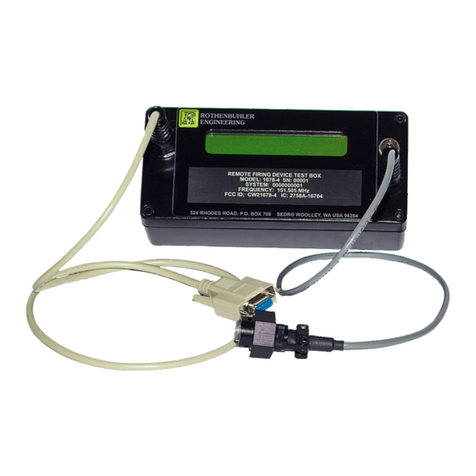
Rothenbuhler Engineering
Rothenbuhler Engineering 1678 REMOTE FIRING DEVICE Operation manual

Niko
Niko 351-25458 quick start guide
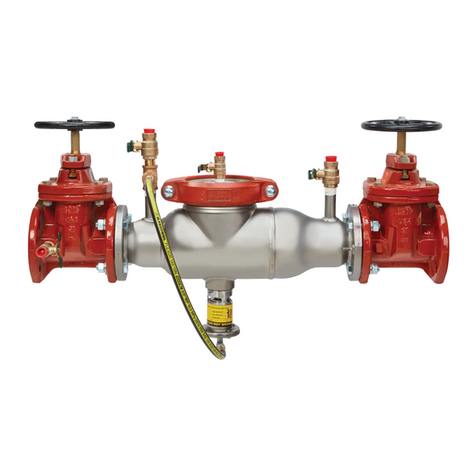
AMES
AMES Silver Bullet 4000SS Series Installation, maintenance & repair
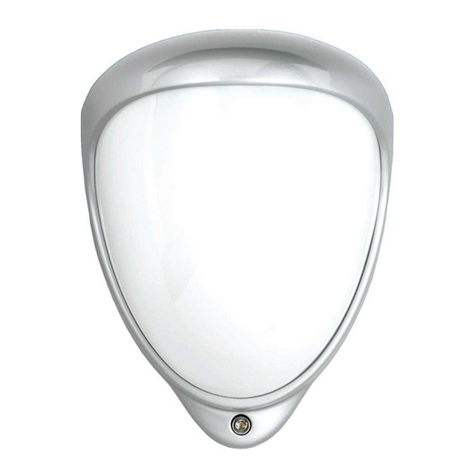
GJD
GJD D-TECT 3 IP GJD260 manual
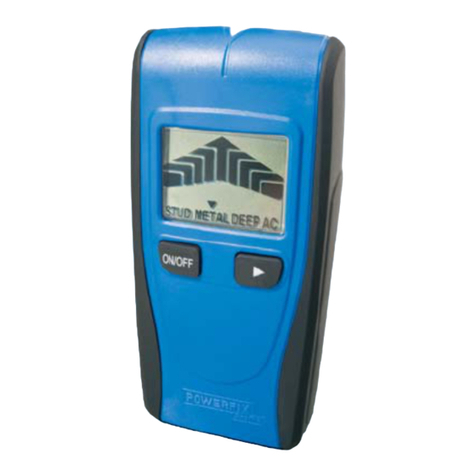
Powerfix Profi
Powerfix Profi KH 2927-2 operating instructions
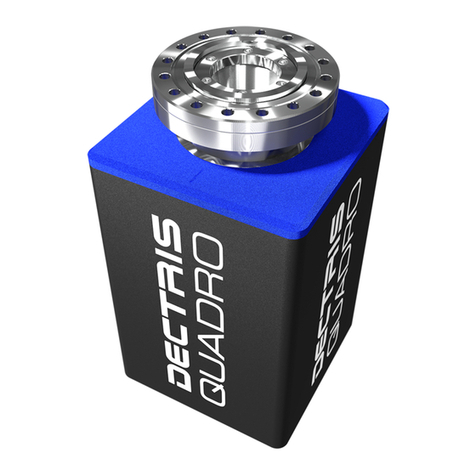
Dectris
Dectris QUADRO user manual
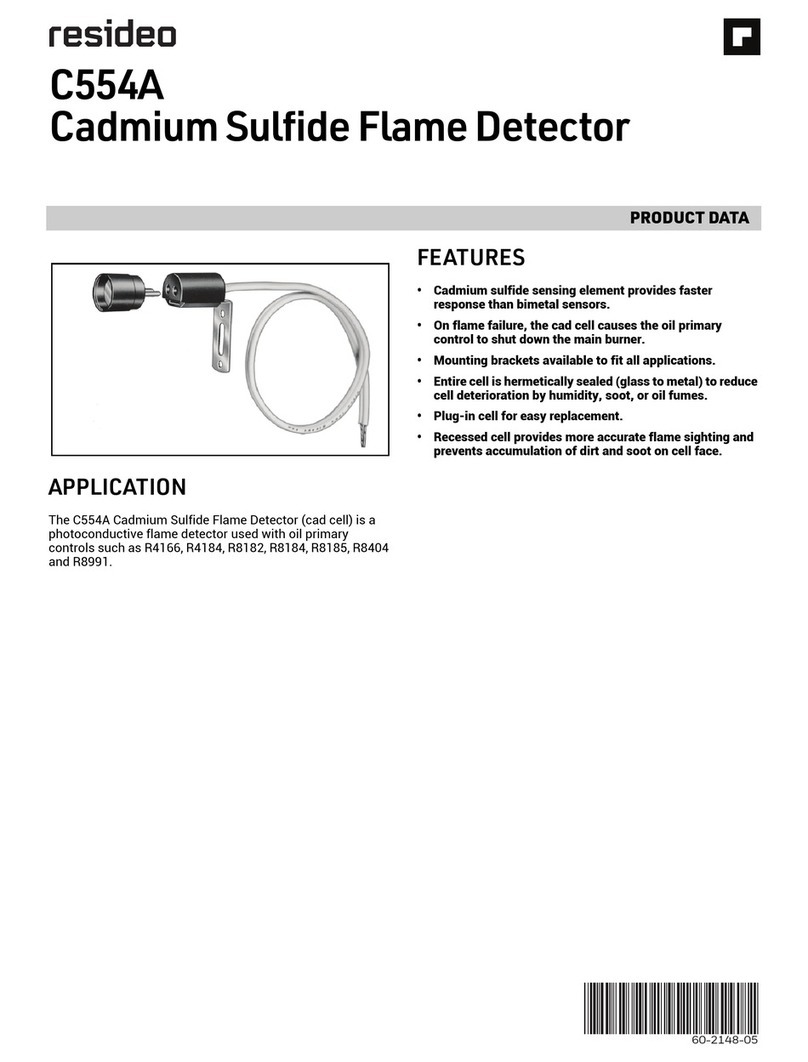
resideo
resideo C554A Product data

Thorn
Thorn SwitchLite MRE SLD 2CH 96627553 manual
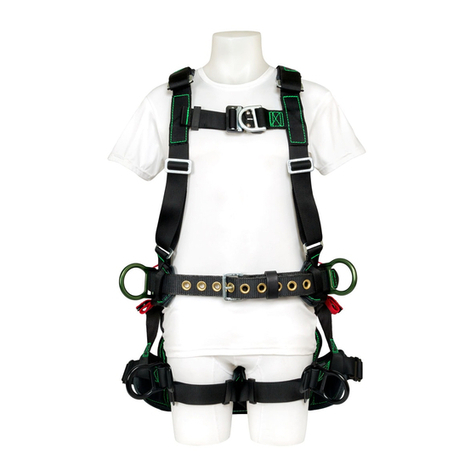
BUCKINGHAM MFG
BUCKINGHAM MFG BuckTech 68K966 Series Instructions and warnings
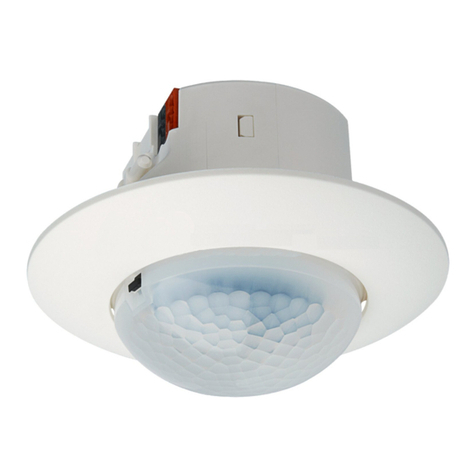
Siemens
Siemens 5WG1 258-2EB22 Technical product information

Satel
Satel SLIM-DUAL-LUNA-PET user manual
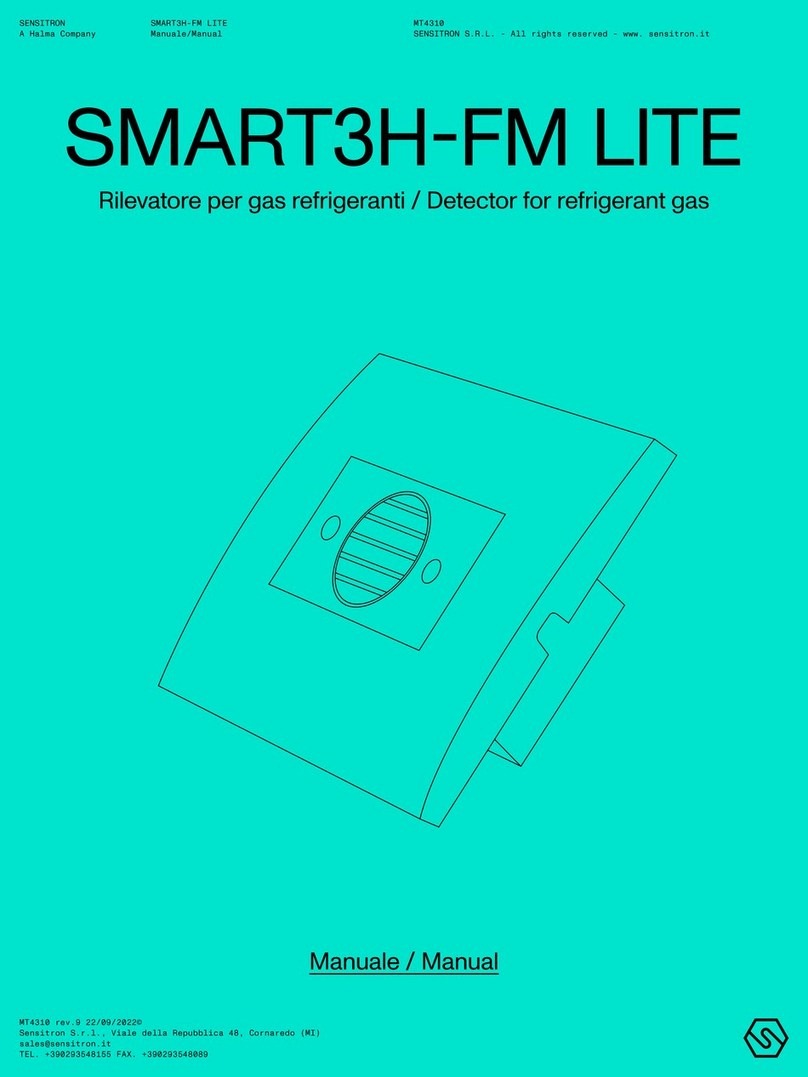
Halma
Halma SENSITRON SMART3H-FM LITE manual





